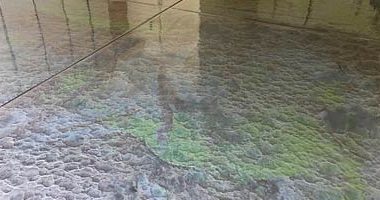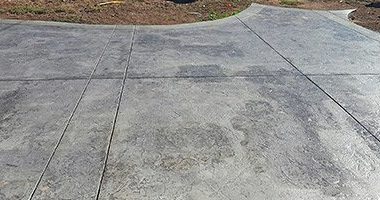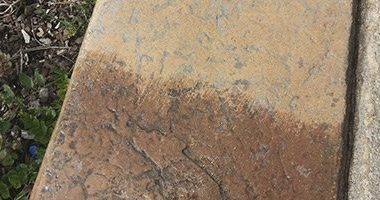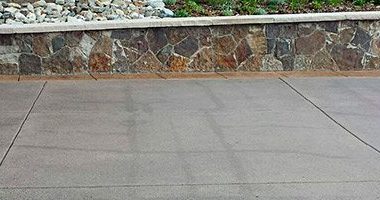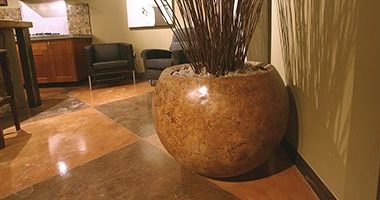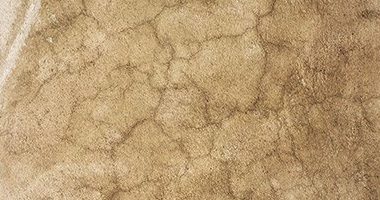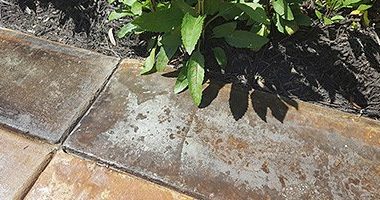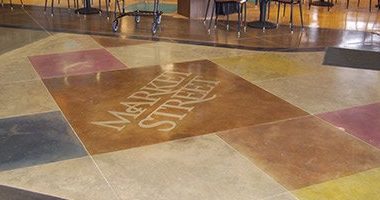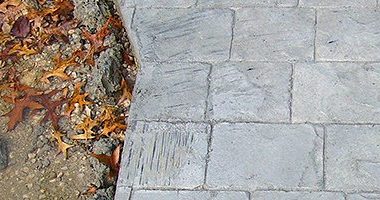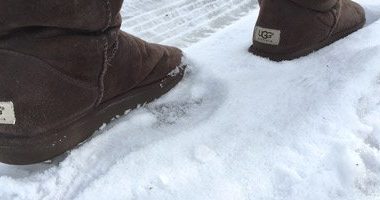What’s new in decorative concrete? That was a popular question that came my way multiple times during the recent World of Concrete. I realize my name is out there, but I’m a long way from having a crystal ball to be able to predict what the future of our industry holds.
This website uses cookies so that we can provide you with the best user experience possible. Cookie information is stored in your browser and performs functions such as recognizing you when you return to our website and helping our team to understand which sections of the website you find most interesting and useful.
